Abstract 5/2020
Table of content
Andrzej Rudnicki – The level of service quality provided by the street section to public transport, according to the Highway Capacity Manual (HCM-2010)
Zofia Bryniarska, Sabina Puławska-Obiedowska – Analysis of the perception of public transport quality among women and men in Krakow
Jacek Oskarbski, Karol Żarski – Conditions for the implementation of the contraflow bus line in a reversible traffic organization
Mariusz Dudek – Problems of public transport service in the city centre
Abstracts
Andrzej Rudnicki
Level of service quality provided by the street section to public transport, according to the Highway Capacity Manual (HCM-2010)
Abstract: The purpose of this article is to provide the Polish reader with the method of quality assessment for passenger transport vehicle, which operates on the street. The analyzed method was described in the 2010 edition of the prestigious American “Highway Capacity Manual”, dedicated to the study and calculation of road infrastructure capacity. This method calculates the components of delay caused by bus stops and as a result of traffic light operation. Travel components and weightiness of bus frequency are quantified. Elasticity of ridership and passenger perception of travel conditions are taken into account, including the relation between waiting and driving. This leads to the formulation of a synthetic indicator on the basis of which the quality service level of public transport vehicles, operating through the street section is determined. The results of casual measurements and calculations carried out for two streets in Krakow were presented. They enabled the preliminary compatibility assessment of the calculations using the HCM method with own experimental data. Numerous comments refer to the interpretation of terms and formulas, and also contain critical remarks on the method. The final conclusions focus on assessing the accuracy and usefulness of the HCM method and outline the scope of research needed to adapt this method to Polish conditions.
Key words: public transport, quality of public transport, HCM method
Zofia Bryniarska, Sabina Puławska-Obiedowska
Analysis of the perception of public transport quality among women and men in Krakow
Abstract: Transport behaviour with particular emphasis on gender aspects has been nowadays more and more studied by scientists around the world. Research in this area confirms the significant differences between the decisions usually taken by women and men regarding the transport mode choice, a sense of security and road safety issues. Differences in transport behaviours are influenced not only by owning a driving license or access to a car, but also by cultural and social conditions, including the traditional division of family roles and the worse position of a woman on the labour market. Gender equality is currently part of the political discourse in the European Union, but transport planning and scientific research often overlook the differences between men and women in transport behaviour and travel preferences. The purpose of this article is to examine whether there are any differences towards the preferences regarding the quality of public transport and in the assessment of functioning systems among women and men, based on data collected in surveys in Krakow.
Keywords: public transport, transport behaviour among women and men, quality of public transport
Jacek Oskarbski, Karol Żarski
Conditions for the implementation of the contraflow bus line in a reversible traffic organization
Abstract: Polish cities introduce solutions to encourage alternative – to car travel – modes of transport, including public transport, which can contribute to reducing congestion in the street network. The example is the introduction of a dedicated reversible bus lane in one of the main arteries in Gdynia. This is the first solution in Poland, which was launched at the end of last year. The main aim of the article is to present an innovative solution and to indicate its advantages and disadvantages and problems that appeared at the implementation stage. Moreover, a method of estimating the effectiveness of changes in traffic organization on the basis of field research and simulation, which was used during the process of planning improvements, has been presented.
Key words: traffic control, public transport priorities, reversible traffic
Mariusz Dudek
Problems of public transport service in the city centre
Abstract: Public transport service in the city center is a very big challenge. From one side it is necessary to maintain historical and cultural values of this area, from the other side growing expectation and needs of inhabitants and users of this area have to be fulfilled. One of the key issue is the location of public transport stops in the center and in its neighborhood. While developing of public transport lines in this area it is important to consider its impact on the functioning of the city. Those decisions should be integrated with the development of the infrastructure for pedestrians and with restrictions for car traffic. Especially the restrictions are significant incentive to use public transport by new users.
Key words: public transport, public transport service in the city center, public transport stops in the centers of cities

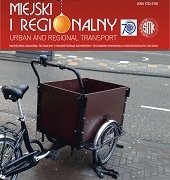
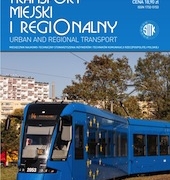 SITK RP
SITK RP 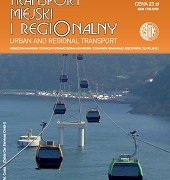
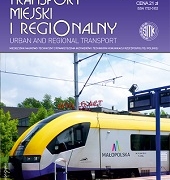
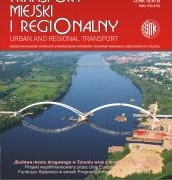 SITK RP
SITK RP 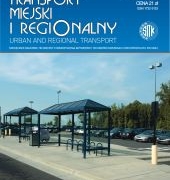 SITK RP
SITK RP 

